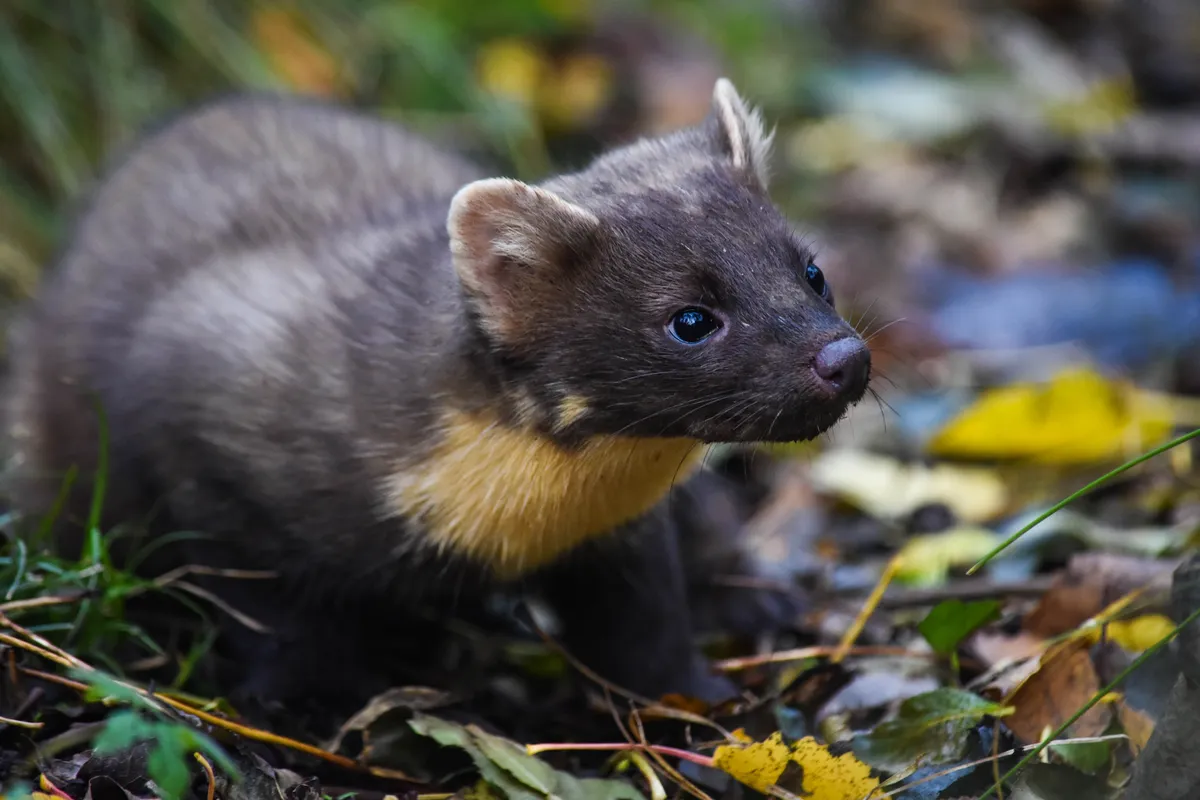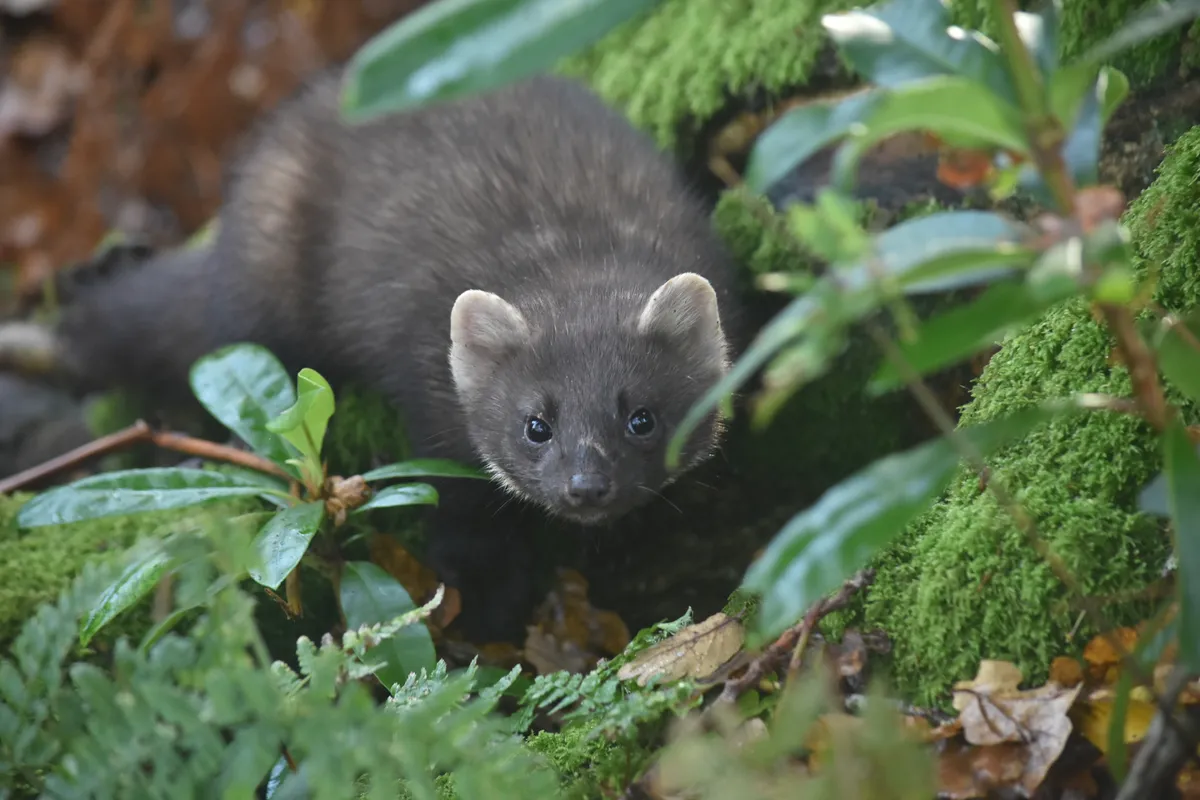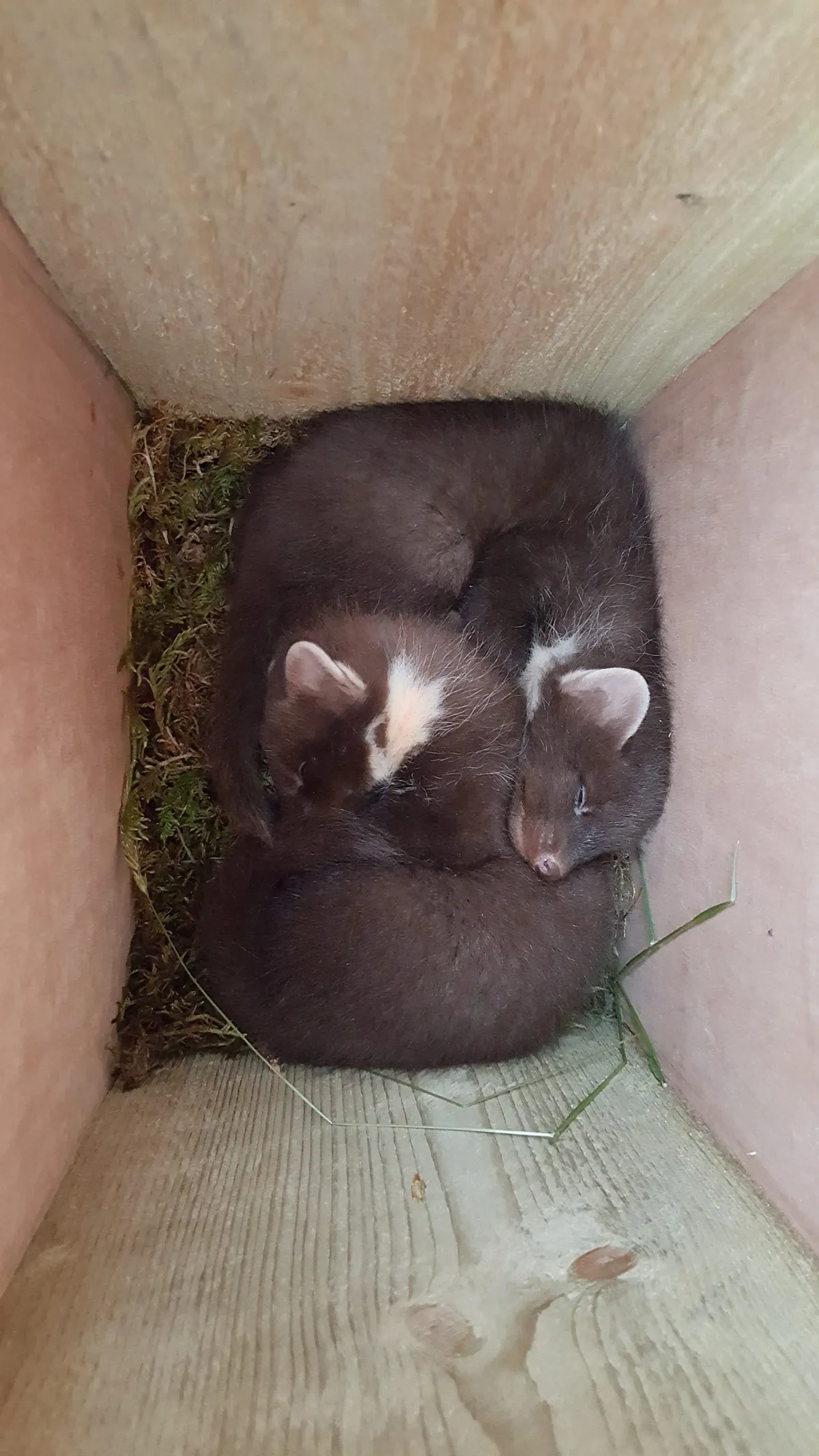The study by Queen’s University Belfast also warned that adapting to survive in human-modified landscapes comes with significant costs to life for the pine marten.
The lack of natural dens and refugees in conifer plantations may leave smaller female pine martens and their kits vulnerable to predation by larger predators such as the red fox.

Pine martens were widespread until the 19th century when they became commonly persecuted by gamekeepers and for their fur. The population is estimated at 3,000-4,000 and they are found only in the Scottish Highlands and Grampians, with isolated populations in southern Scotland, England and north Wales. They are more common in Northern Ireland and Ireland.
Scientists warn that the pressures risk undermining conservation measures that seek to revive populations of such species and may jeopardise their future survival.
‘For the first-time in human-recorded history predator populations in parts of Europe are starting to recover in response to protective legislation and conservation measures,’ said Dr Joshua P Twining from the School of Biological Sciences at Queen’s University, who led the study. ‘However, we still did not know how they will survive in landscapes that have been greatly changed and altered by humans in their absence.’

Native predator populations are extremely important for healthy functioning ecosystems; however, due to a long-storied decline driven by human persecution and habitat loss, these are currently a fraction of their natural size globally. Natural old-growth woodland is an ideal habitat for pine martens but now represents just 0.1% of cover in the UK and Ireland. In contrast, 75% of the two countries’ limited woodland cover is deemed ‘human-modified’ and managed for plantations and other uses.
The study looked at the pine marten’s denning behaviour in both natural and modified woodlands. It found that the animal survived in commercial plantations by making use of the wider landscape in habitats that are often overlooked and undervalued: scrub, heath and hedgerows that form property boundaries. They find refuge in underground and man-made structures such as stone walls, rocky crevices, log piles and abandoned buildings.

In natural old-growth woodland, the pine martens rarely left the forest, and 99% of dens were found above ground in natural denning sites, in tree cavities and ivy crowns of veteran native trees. These natural woodlands supported a healthy high-density population of pine marten, with an even sex ratio and age structure. This contrasts with results from human modified landscapes, In plantations, pine martens lived at significantly lower densities, around 25%, of that observed in the natural old-growth forest. These areas were also dominated by male pine martens and saw fewer kits reaching maturity.
‘To fulfil societal ambitions of supporting biodiversity and healthy ecosystems we must improve how we manage our natural landscapes,’ said Dr Twining. ‘This is especially true in Britain and Ireland where we have caused the extinction of all our apex predators and continue to persecute the remaining, such as the red fox and pine marten.’
A stop-gap solution would involve the wide-spread deployment of artificial den boxes in commercial conifer plantations, which may mitigate some of the potential for human-wildlife conflict as the species continues to recover,’ said Dr Twining. In the longer-term, there is a need to end practices such as clear felling and instead restore conditions that encourage long-term growth of conifer woodlands.

